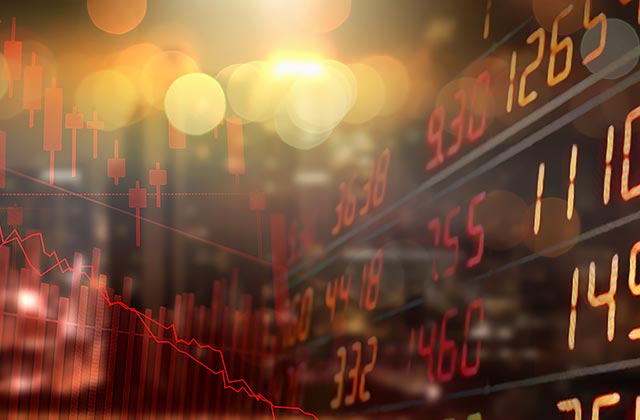Investment Update: COVID-19, the Economy, the Markets and PSRS/PEERS

PSRS and PEERS have weathered many challenging investment environments in the last 75 years, including the stock market crash of 1987, the bursting of the dot-com bubble in the early 2000’s, the 9/11 attacks in 2001 and the Global Financial Crisis (GFC) in 2007 and 2008. However, as we move further into the coronavirus pandemic, it is evident that this event is different. This is a health crisis causing an economic crisis which may lead to a financial crisis. As the pandemic continues to unfold, the PSRS/PEERS investment staff is actively managing the investment portfolio and is in communication with market participants to evaluate potential developments.
COVID-19
The priority of the U.S. federal government and most local authorities has been to address the health crisis (COVID-19) before attempting to repair the economic damage. The result has been positive movement in the fight against the coronavirus. While a great deal remains unknown about the nature and duration of the pandemic, it is evident that social distancing is working. We should soon pass the peak caseload of infections which will mean less hospitalizations and fewer deaths than originally projected. Alternatively, the procedures that have been utilized to slow the pandemic have stopped the economy. As such, the shift in the discussion at both the federal and local level is how to re-open the economy without furthering the spread of the virus.
Economy
By most measures, the global economy is in the worst shape since World War II. Both supply and demand have experienced dramatic contractions as Americans are quarantined at home and are not spending (outside of groceries and video streaming services). The most direct result of the economic crisis is that over 26 million people have now filed for unemployment since the coronavirus started shutting down large portions of everyday life at the beginning of March.
The United States is entering a recession. Bankruptcies have occurred and will continue to happen. Growth in the economy has slowed dramatically and unemployment could reach 20% (twice as high as during the GFC). The length and depth of the recession will almost certainly rest on how soon the economy is re-opened. That dilemma is being discussed throughout the United States. The back-to-work plans will most likely begin in the absence of an effective anti-viral or the promise of a vaccine. As such, government officials will try to strike a balance between public safety and economic necessities. For example, a new normal will ensue, much as it did post 9/11 with enhanced security procedures. The post pandemic new normal will include better procedures for cleaning, routine temperature taking, potentially wearing masks in public and social distancing in offices. This most likely will result in an elongated economic recovery rather than a quicker ("V-shaped") one.
Investment Markets
The U.S. stock market (S&P 500) was down almost 34% this calendar year, through March 23, 2020, with non-U.S. stocks down even more. The investment markets improved significantly, beginning in the last week of March, after the Federal Reserve announced plans to inject $2 trillion into the markets and Congress passed an additional $2 trillion economic rescue package. The announcements, along with some initial positive news on COVID-19, induced a market rally of more than 25% and helped the S&P 500 reclaim more than half of its previous losses.
Most recently, stocks have settled into a trading range with both up and down moves daily. It appears that the Federal Reserve and Congress will continue to inject funds into the economy as the Senate passed an additional coronavirus-related economic stabilization bill totaling $484 billion on April 21, 2020. We expect the market volatility to continue as we move forward in a time of great uncertainty. Many aspects of the virus are still unknown (its progression, testing, vaccines, etc.). Likewise, the ultimate success of the dramatic monetary and fiscal stimulus policy responses is still unclear. However, one thing that is certain is the coming avalanche of negative economic news. Markets have yet to fully digest the near certainty of lower corporate earnings, higher debt, more bankruptcies and an incomplete re-opening of the U.S. economy.
PSRS/PEERS is a long-term investor
The Systems’ focus on investing in a diversified manner while maintaining sufficient liquidity has been rewarded in the current volatile market environment. Our primary mission remains investing the Systems’ assets in a manner to earn the 7.5% actuarial assumed rate of return over a long-time horizon. We will continue to deploy assets in attractive investment opportunities.
We want to emphasize to our members that your PSRS/PEERS benefit is secure. PSRS/PEERS is a long-term investor and can withstand market volatility. The Board and professional staff are committed to managing the Systems’ assets in a prudent manner that will ensure the viability of your pension.